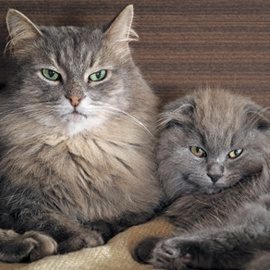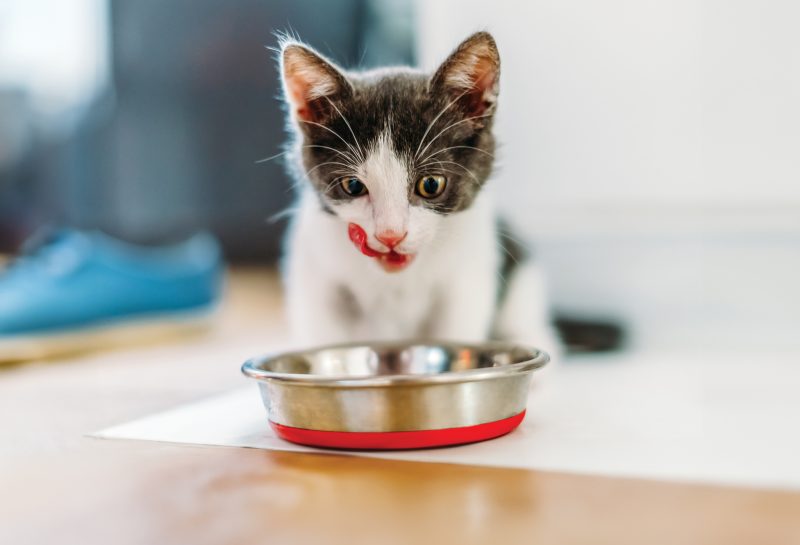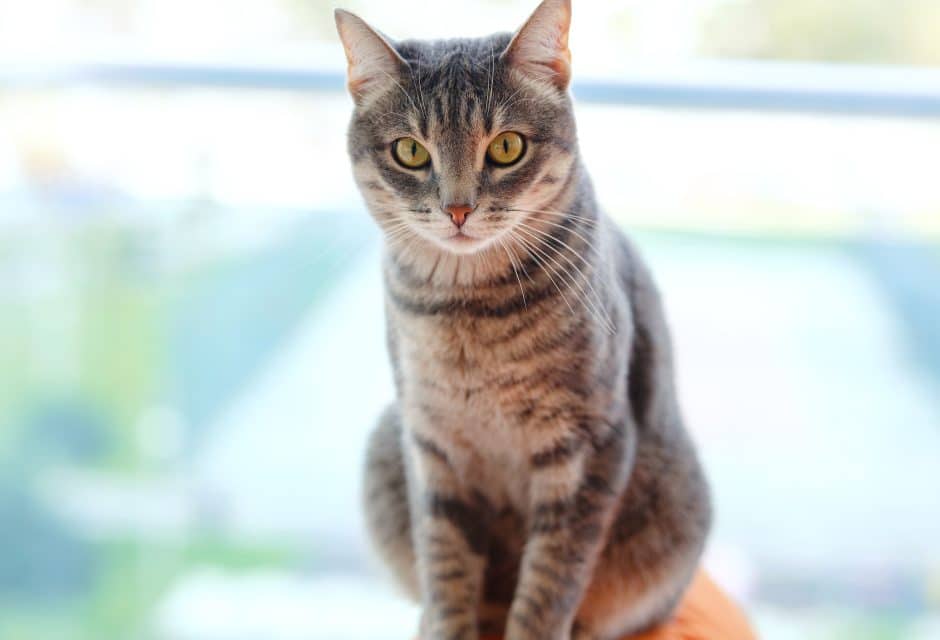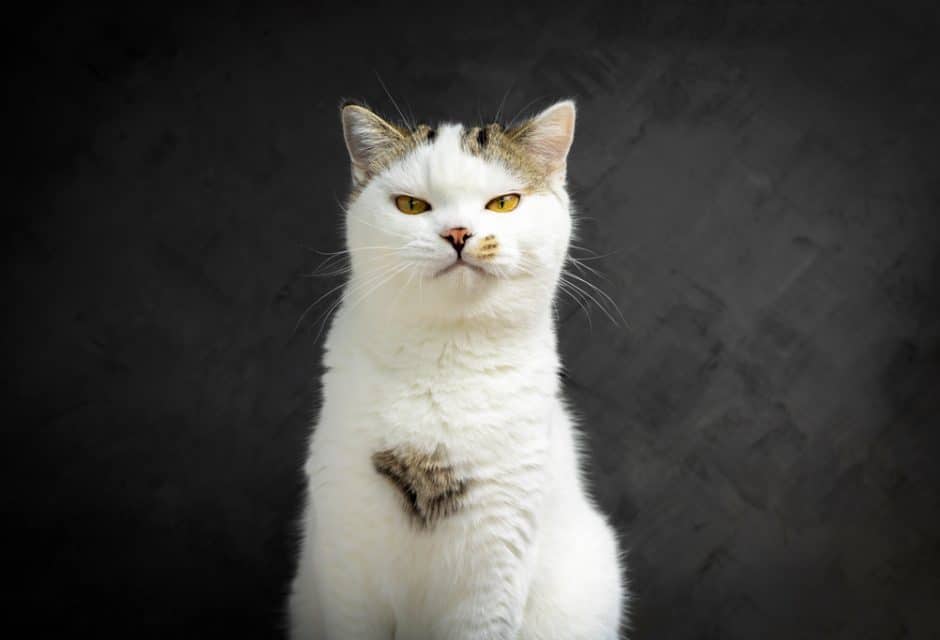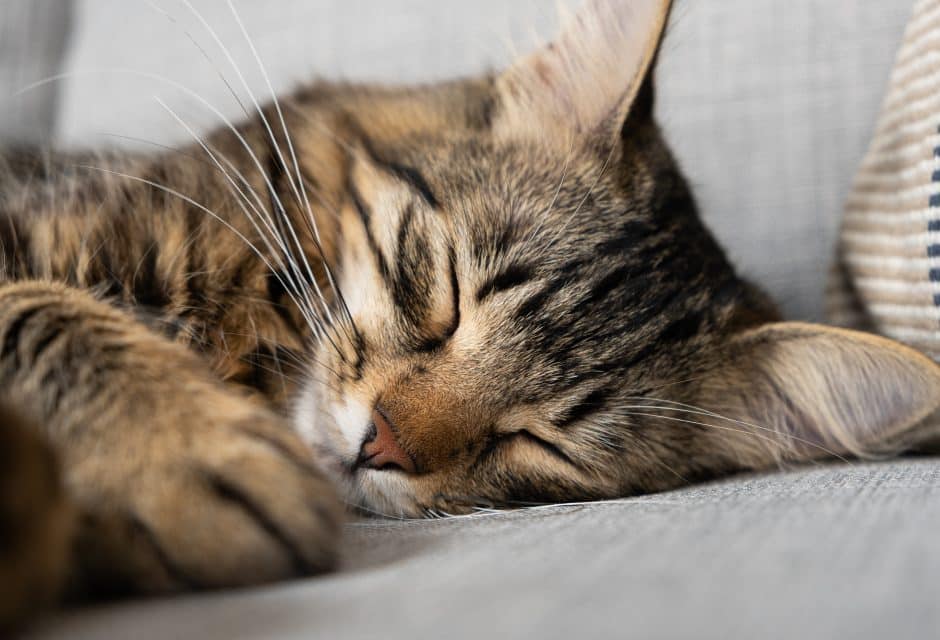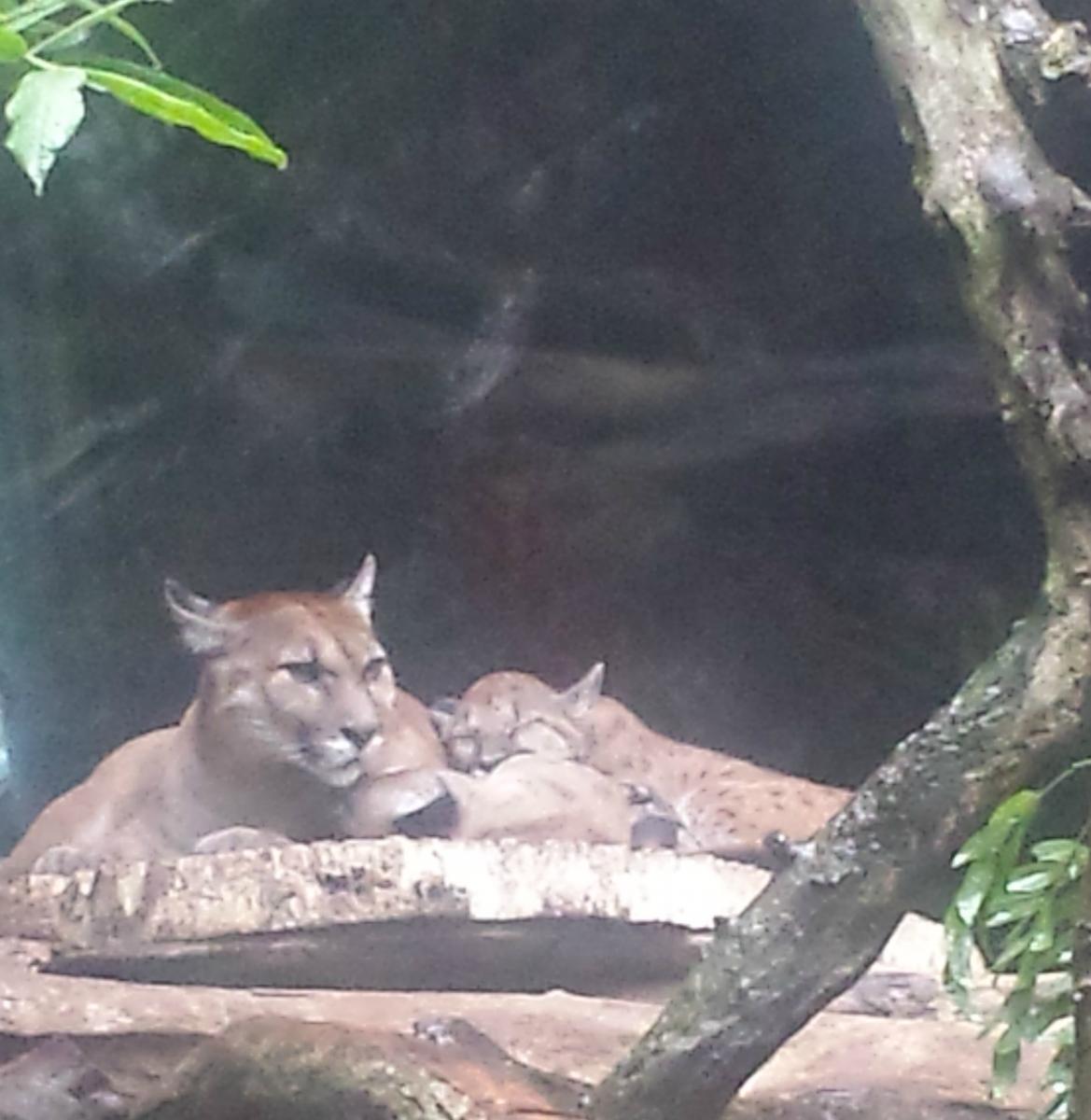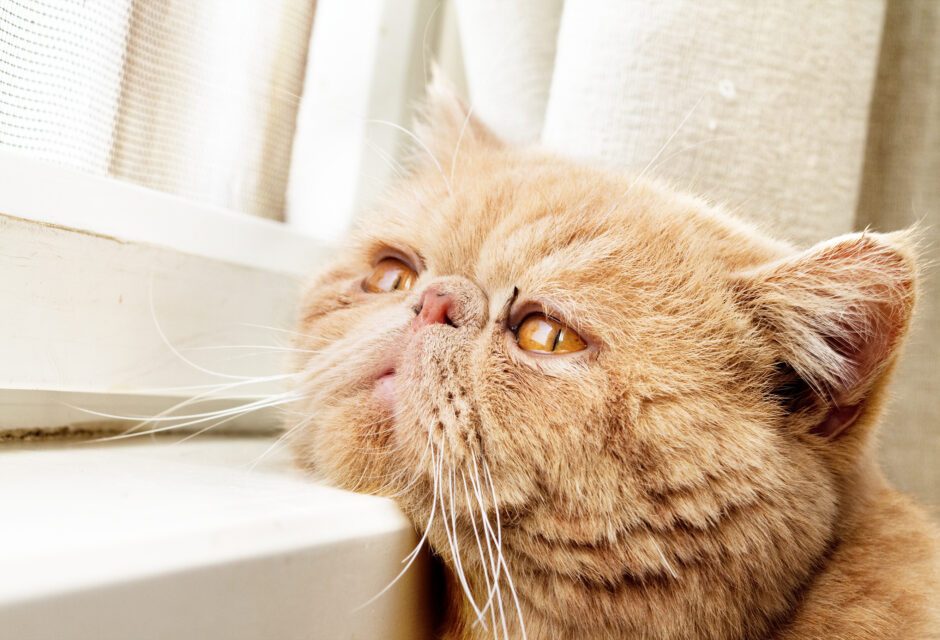
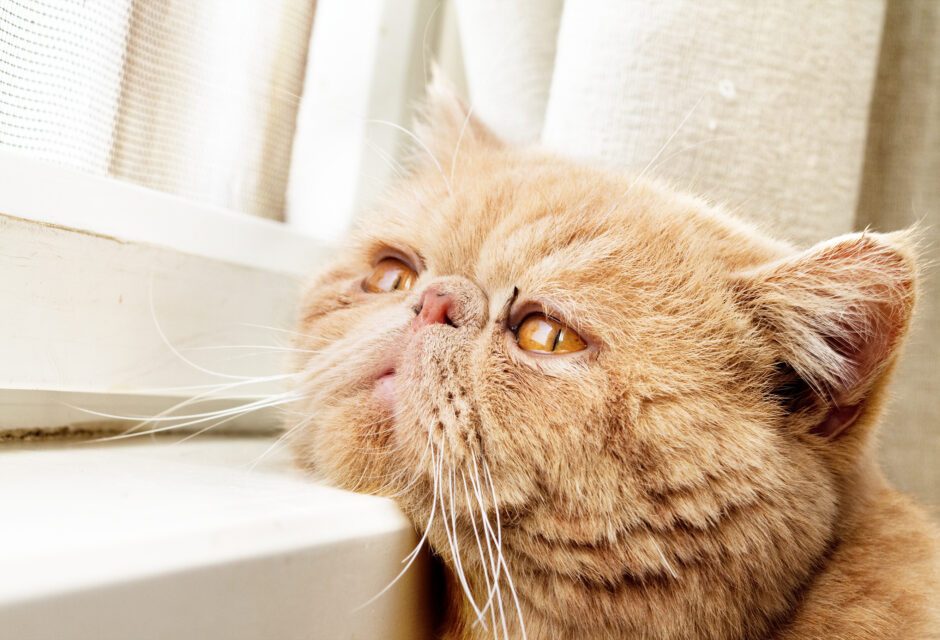
Can Cats Have Separation Anxiety?
Signs of separation anxiety in cats and what to do about it
Yes, cats experience separation anxiety. “Despite stereotypes of being solitary creatures, cats can form very close bonds with humans and may experience separation anxiety,” says Samantha Bell, cat expert for Best Friends Animal Society.
Cats who are experiencing separation anxiety might respond to their human’s absence with obvious behaviours like excessive meowing, excessive grooming, excessive eating, or by urinating on places that are saturated with their human’s scent, like pillows, laundry, and beds—but they also may respond with less obvious behaviours like hiding or withdrawing from interaction, explains Bell.
Of the bunch, the out-of-the-box urination is probably the most frustrating. “It’s easy to misread the inappropriate elimination as an act of spite, but it’s really just a way for cats to self-soothe by mixing their scent with their human’s,” says Bell. “Try to be understanding and try to help them.” She also notes all these behaviours could be attributed to a number of medical issues, so a trip to the vet to determine if medical help is needed should be the first step.
Signs of Separation Anxiety in Cats
- Excessive meowing
- Excessive grooming
- Excessive eating
- Urinating on pillows, laundry & beds
- Hiding
- Withdrawing from interaction
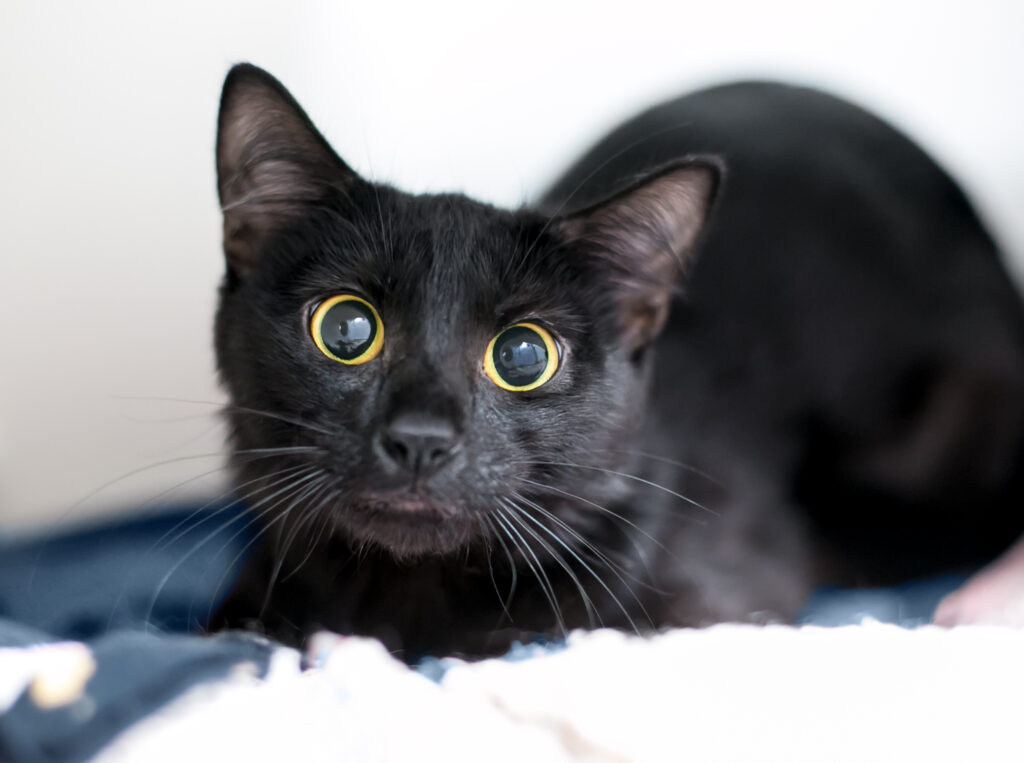
Common Triggers of Separation Anxiety in Cats
Your cat may tense up when they hear you pick up your keys or see you reach for your purse. If so, practice doing those things several times a day, advises Bell. “Work up to actually walking out the door and then immediately returning. Each time you walk back into the room, greet your cat casually like all of this is no big deal,” she says. “Gradually increase the time spent outside of the home and change up the time of day you do these mini-training sessions. And if you figure out certain objects that trigger the anxiety, carry them around the house for a while each day, so they are no longer an anxiety trigger.”
Separation Anxiety Tool Kit
- Food puzzle toys
- CBD calming treat
- Radio or TV tuned to a familiar station
- Hidden toys for your cat to discover
- A window with a view (distraction!)
- Pheromone diffuser
- Desensitization to departure cues
How Do You Stop Separation Anxiety in Cats?
Don’t make a big deal when you’re getting ready to leave home. “Cats feed off our energy. So, the calmer and cooler you are about leaving, the better,” says Bell. And make sure you provide lots of enrichment while you’re gone, like toys to play with, windows to look out of, cozy spots to nap, and a food puzzle to figure out, she continues. Providing cats with a structured routine of exercise through wand toy playtime (and affection, of course) when you are home is a wonderful way to prevent separation anxiety before it starts.
This article originally appeared in the award-winning Modern Cat magazine. Subscribe today!
Join the newsletter and never miss out on cat content again!
"*" indicates required fields
By clicking the arrow, you agree to our web Terms of Use and Privacy & Cookie Policy. Easy unsubscribe links are provided in every email.





